Design trends come and go, but some styles have staying power. The 1970s brought bold, experimental ideas into home decor, many of which have quietly woven their way into modern interiors. The best of the era’s design choices were smart, stylish, and built to last. Let’s check them out below.
Bold Colors and Patterns
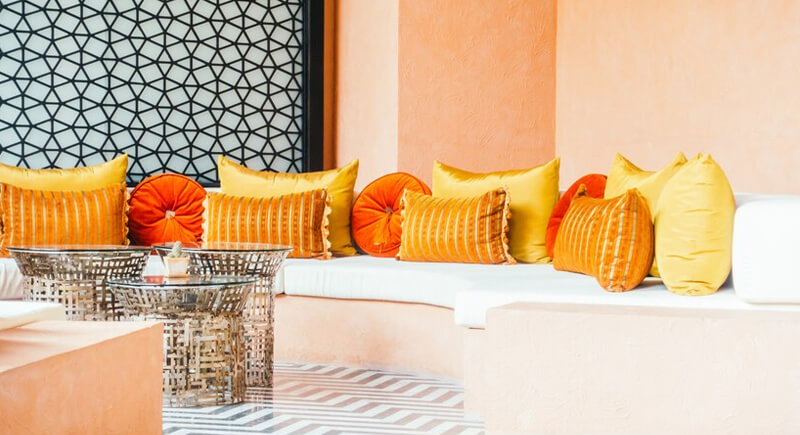
The ’70s leaned into color in a way few other decades have. Deep mustard yellows, burnt oranges, and rich browns dominated interiors, often paired with geometric patterns or intricate floral prints. While entire rooms covered in these hues might feel overwhelming today, incorporating them in smaller doses—through wallpaper, upholstery, or an area rug—can provide depth and warmth without feeling outdated.
Warm Wood Bar with Flair
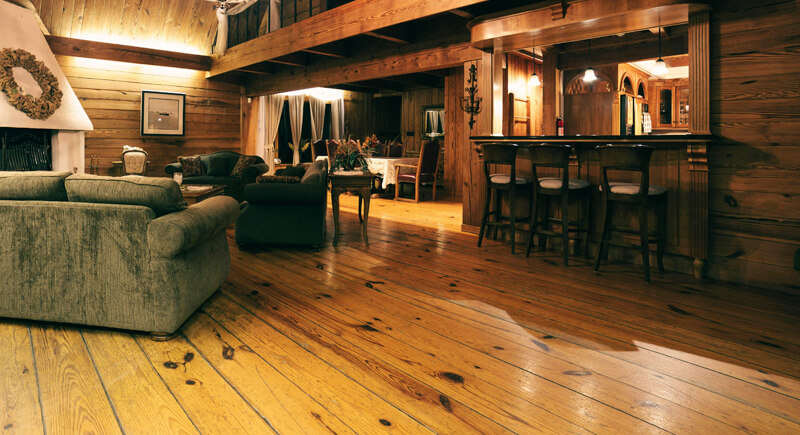
Entertaining at home was a priority in the ’70s, and a built-in wood bar was a staple of any well-designed living space. Dark-stained walnut or oak, paired with chrome or brass accents, gave the room a polished yet inviting feel. In modern decor, a dedicated bar area or a sleek bar cart can serve the same purpose—functional, stylish, and always ready for guests.
Supersized Sofa for Comfort
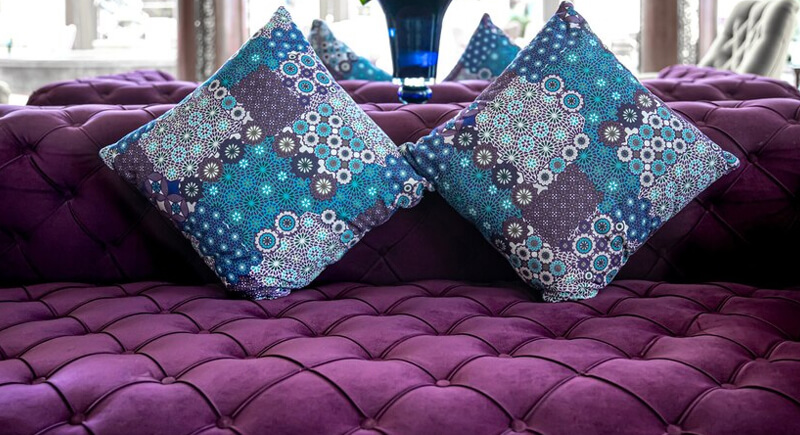
Seating in this era was all about comfort. Sectionals, deep-seated sofas, and modular couches encouraged lounging and socializing. Unlike modern, streamlined, minimalist furniture, these pieces were designed to be lived in. Plush upholstery, often in textured fabrics like tweed or velvet, added to their appeal. The same idea still holds up: a generously sized sofa remains the heart of the living room.
Animal Prints That Pop
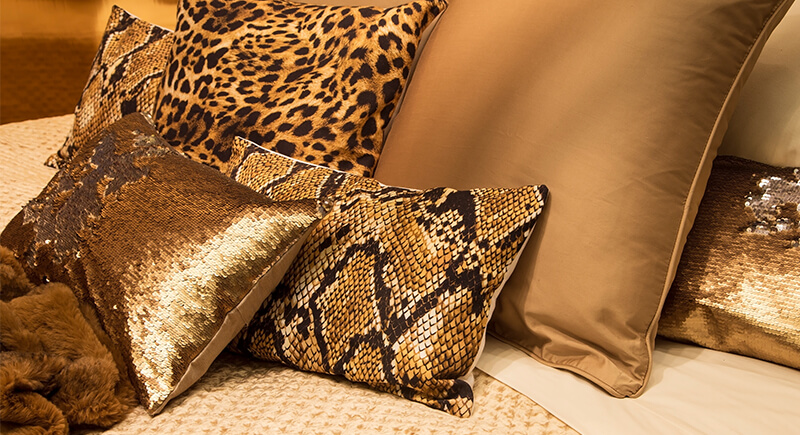
Leopard, zebra, and cheetah prints emerged as a sophisticated way to introduce contrast and texture. Instead of overpowering a space, these patterns were often used in moderation—on accent pillows, ottomans, or a single chair. This strategic approach to pattern-mixing still applies.
Velvet Sofa in a Bold Color
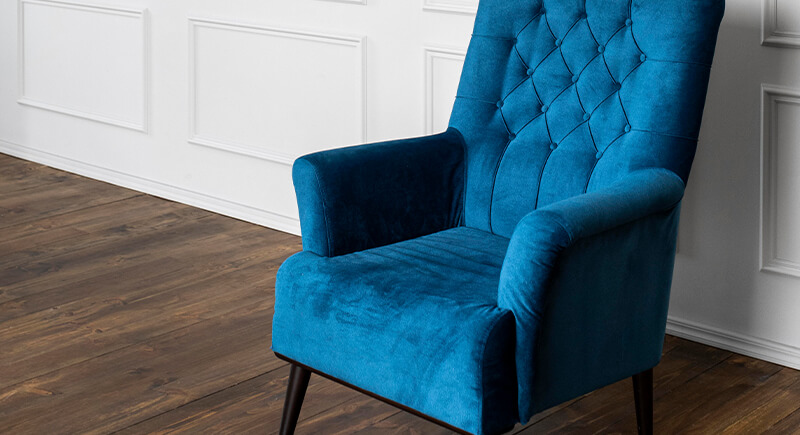
The ’70s embraced velvet for its depth and durability, and it’s easy to see why the trend has persisted. A velvet sofa or armchair in deep blue, rust, or emerald brings a refined yet approachable feel to a room. Contrary to more delicate fabrics, velvet wears well over time and is a practical choice for high-use areas.
Cozy Conversation Pit Setup
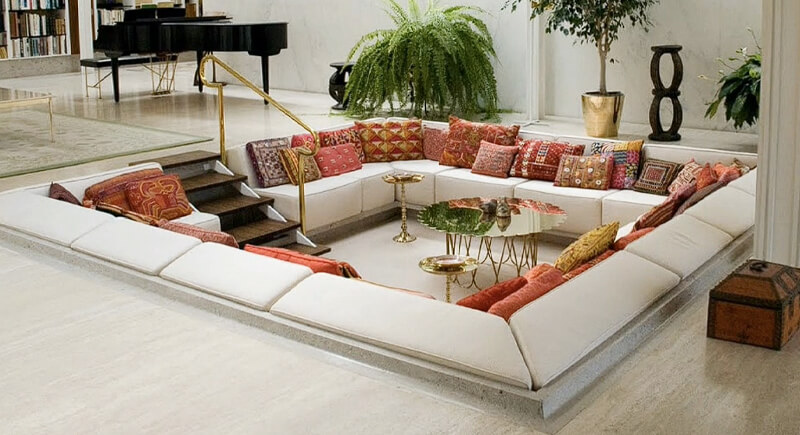
Sunken seating is a cool throwback as much as it’s an open invitation to relax and connect. The ’70s mastered the conversation pit by layering it with lush, jewel-toned pillows for a cozy, intimate vibe. If you go full retro or simply borrow the idea with built-in seating, this design keeps gatherings stylish and snug.
Wood Paneling That Works
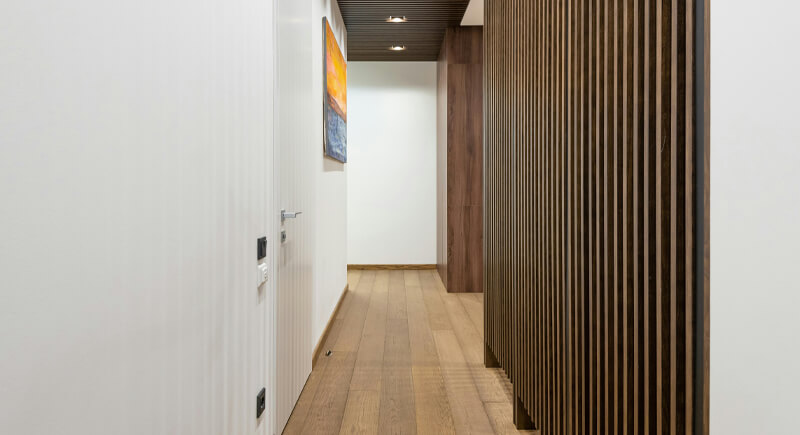
Wood-paneled walls became a defining look of the ’70s, but the material itself wasn’t the problem—it was the overuse. When applied thoughtfully, paneling adds texture and warmth to a space. Recent interpretations favor lighter stains, vertical planks, or even painted wood to prevent the room from feeling closed in.
Soft Blues and Macrame Touches
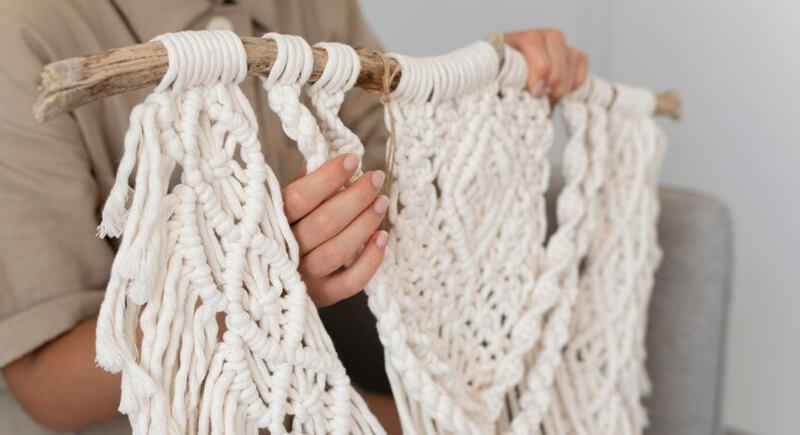
Soft blue walls bring a calm, airy feel to a space but add macrame art, and suddenly, it’s what people dreamed of in that period. The mix of cool color and warm texture keeps things interesting without overpowering the room. This pairing has lasted for decades because it’s simple, stylish, and effortlessly relaxing—exactly what a living room needs.
Lush Velvet and Wall Art
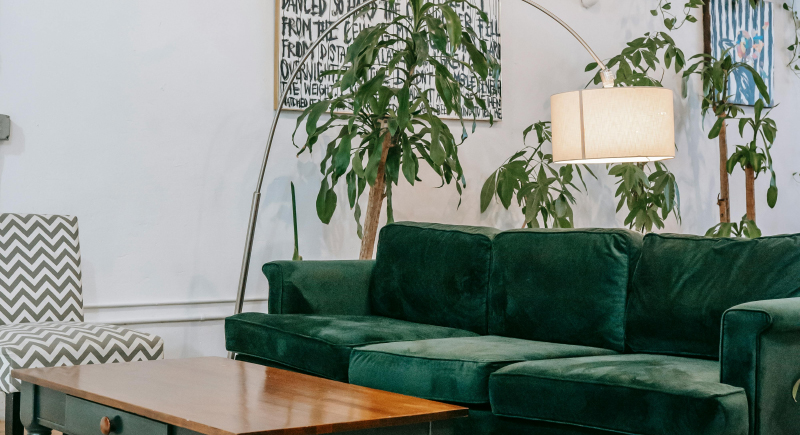
The idea of layering different materials—plush rugs over hardwood floors, woven throws on leather chairs, or a mix of linen and velvet pillows—came into its own in the ’70s. It wasn’t about achieving a showroom-perfect look but about making a space feel inviting and practical. The same principle stands: a well-balanced mix of textures keeps a room from feeling flat or overly staged.
Abstract Art Meets Natural Wood
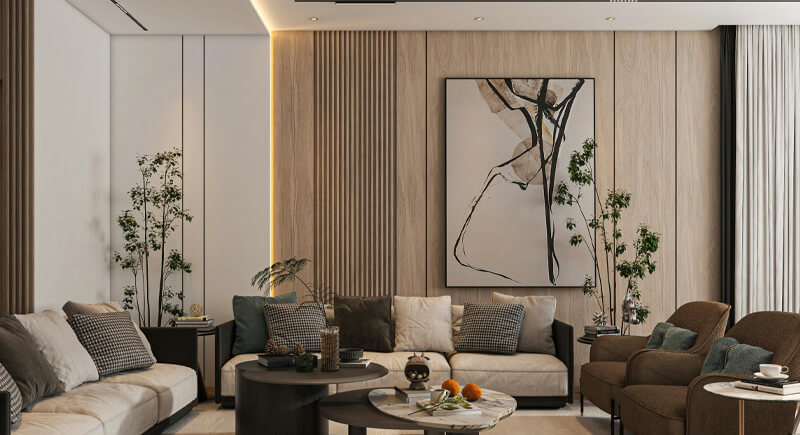
The combination of bold, modern art with organic elements like raw wood, stone, or leather was a signature look of the ’70s. The contrast between sleek and rustic created a balanced aesthetic. This pairing remains a go-to in contemporary design.
Cane Furniture
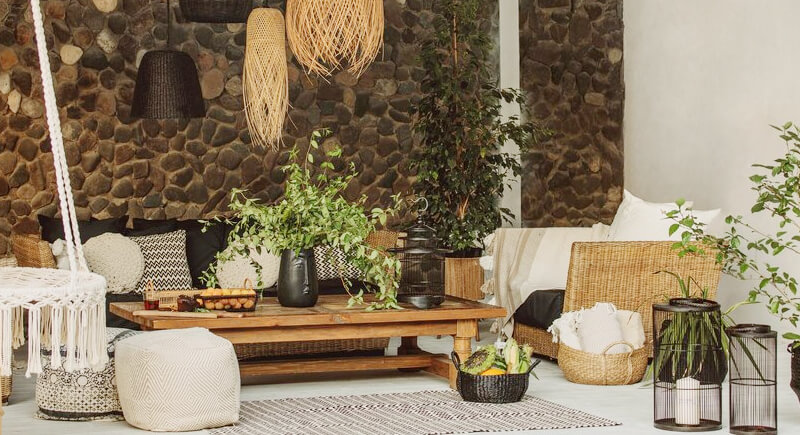
Lightweight, breathable, and stylish–cane furniture has been around forever, but people in the past era made it cool again. It’s a great way to bring texture without overwhelming a space. It may be a rattan chair, a woven bench, or a cane-front cabinet, but this trend keeps interiors looking effortless and timeless. It’s retro but never outdated.
Curves and Eclectic Details
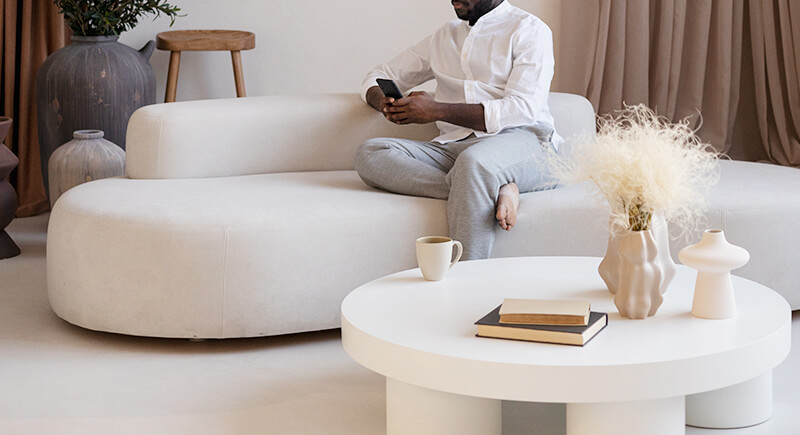
The angular lines of mid-century modern design gave way to softer, more fluid shapes in the ’70s. Curved sofas, round coffee tables, and arched doorways became popular because they offered a sense of movement and ease. These shapes continue to be favored by designers for their ability to make a space feel more dynamic and inviting.
Shag Furniture for Soft Style
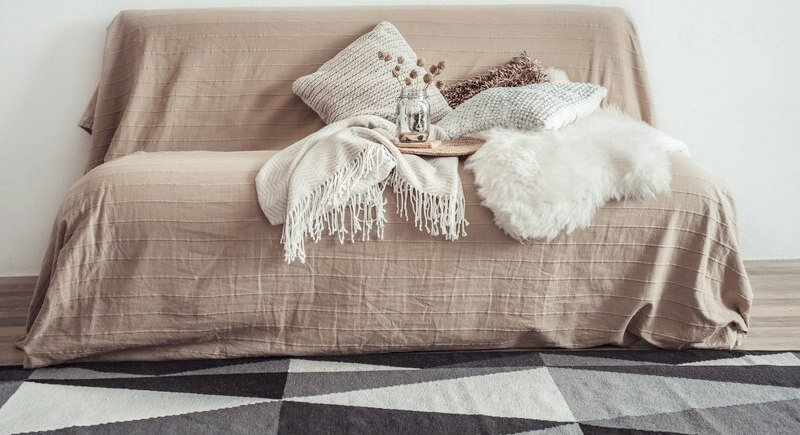
Shag rugs were a signature look of the decade, but the concept extended beyond flooring. Fuzzy chairs, sheepskin throws, and deep-pile ottomans added both comfort and visual softness. While full-wall shag carpeting may not be making a return, textural seating elements remain a smart way to introduce warmth and dimension.
Vintage Accents with Modern Restraint
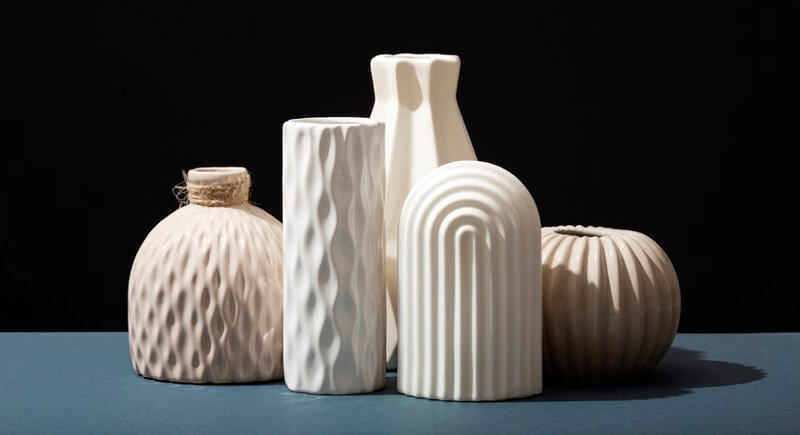
You don’t need to go full disco-era to bring the ’70s charm into your home. A few well-placed vintage accents—curvy vases, funky ceramics, or warm earthy tones—add character without overwhelming a space. These subtle touches create a timeless, lived-in feel that nods to the past while staying effortlessly modern.
Fringed Rugs with Iconic Seating
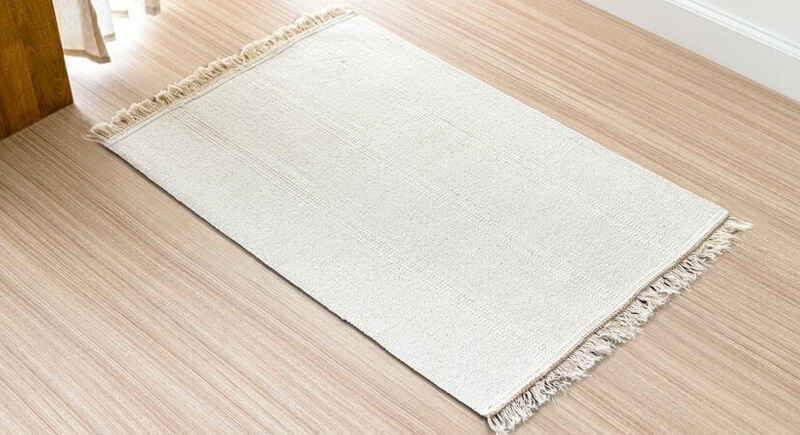
The juxtaposition of structured, mid-century chairs with fringed or tasseled rugs was a favorite design trick in the ’70s. The clean lines of a leather or molded plastic chair balanced the softness of woven textiles. This contrast is still a reliable way to add dimension to a space.